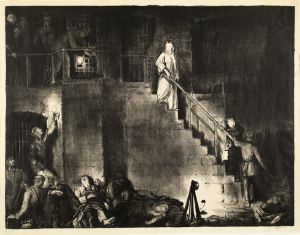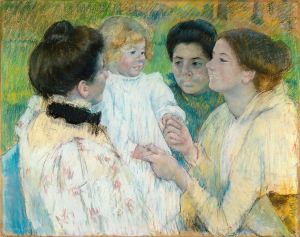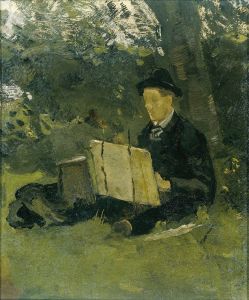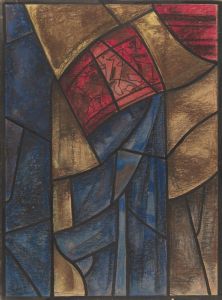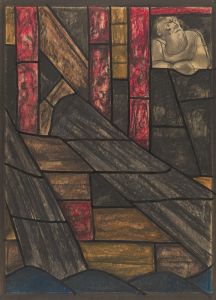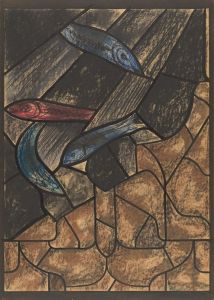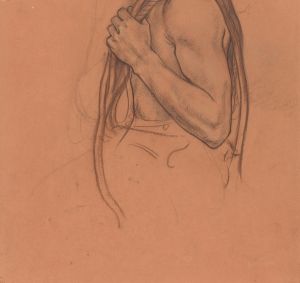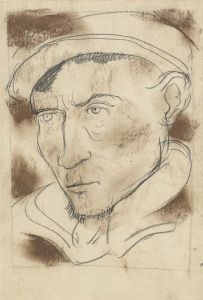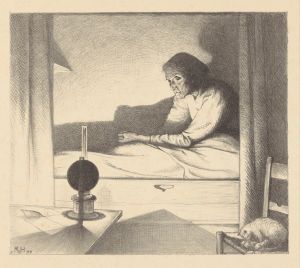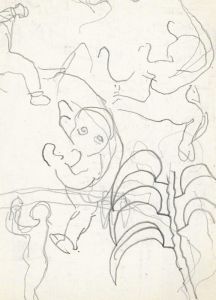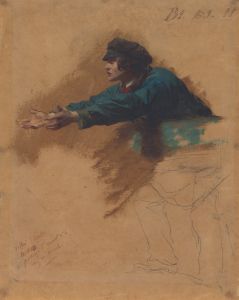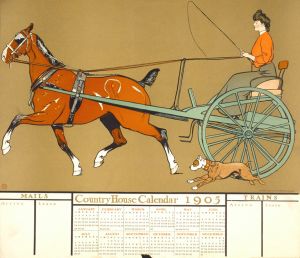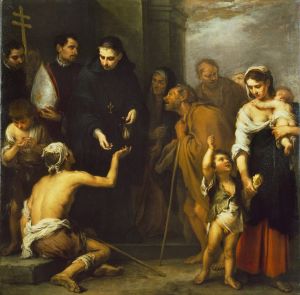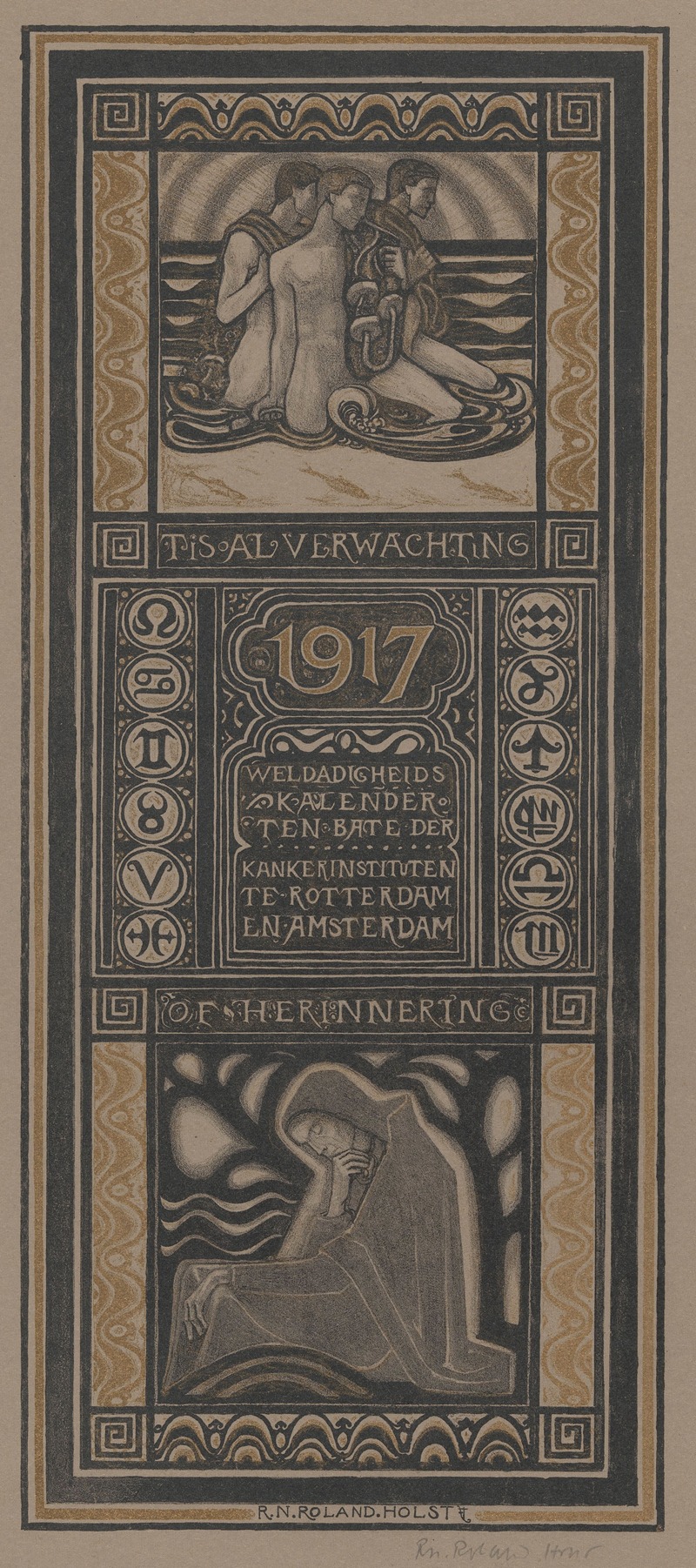
Weldadigheidskalender voor 1917
A hand-painted replica of Richard Nicolaüs Roland Holst’s masterpiece Weldadigheidskalender voor 1917, meticulously crafted by professional artists to capture the true essence of the original. Each piece is created with museum-quality canvas and rare mineral pigments, carefully painted by experienced artists with delicate brushstrokes and rich, layered colors to perfectly recreate the texture of the original artwork. Unlike machine-printed reproductions, this hand-painted version brings the painting to life, infused with the artist’s emotions and skill in every stroke. Whether for personal collection or home decoration, it instantly elevates the artistic atmosphere of any space.
Richard Nicolaüs Roland Holst was a prominent Dutch artist and designer, known for his contributions to the Arts and Crafts movement in the Netherlands. He was born on December 4, 1868, in Amsterdam and became a significant figure in Dutch art during the late 19th and early 20th centuries. Holst was not only a painter but also an illustrator, lithographer, and designer, whose works often reflected his socialist ideals and commitment to social causes.
One of Holst's notable works is the "Weldadigheidskalender voor 1917" (Charity Calendar for 1917). This piece is a fine example of his graphic design work, showcasing his ability to blend art with social messages. The calendar was created during a tumultuous period in history, amidst World War I, although the Netherlands remained neutral during the conflict. Despite the country's neutrality, the war had significant social and economic impacts, which likely influenced Holst's work and his focus on charity and social welfare.
The "Weldadigheidskalender voor 1917" was designed to raise funds for charitable causes, reflecting Holst's dedication to using art as a means of social improvement. The calendar would have been sold to the public, with proceeds going towards various welfare projects. This aligns with Holst's broader body of work, which often emphasized themes of social justice, community, and the betterment of society.
Holst's style was heavily influenced by the Arts and Crafts movement, which advocated for traditional craftsmanship using simple forms and often incorporated medieval, romantic, or folk styles of decoration. This movement was a reaction against the industrial revolution and the mass production of goods, promoting instead the value of hand-made, artisanal products. Holst's work, including the "Weldadigheidskalender," often featured intricate designs, harmonious compositions, and a strong sense of aesthetic unity, all hallmarks of the Arts and Crafts movement.
In addition to his graphic design work, Holst was also a respected educator. He served as a professor at the Rijksakademie van Beeldende Kunsten (State Academy of Fine Arts) in Amsterdam, where he influenced a generation of young artists. His teachings emphasized the integration of art and life, encouraging students to see art as a tool for social change.
Holst's contributions to art and society were recognized during his lifetime, and he remains a respected figure in Dutch art history. His works, including the "Weldadigheidskalender voor 1917," continue to be studied for their artistic merit and their reflection of early 20th-century social ideals.
Overall, Richard Nicolaüs Roland Holst's "Weldadigheidskalender voor 1917" is a testament to his skill as a designer and his commitment to using art for the greater good. It stands as a historical artifact that not only showcases his artistic talents but also his dedication to social causes during a challenging period in history.





